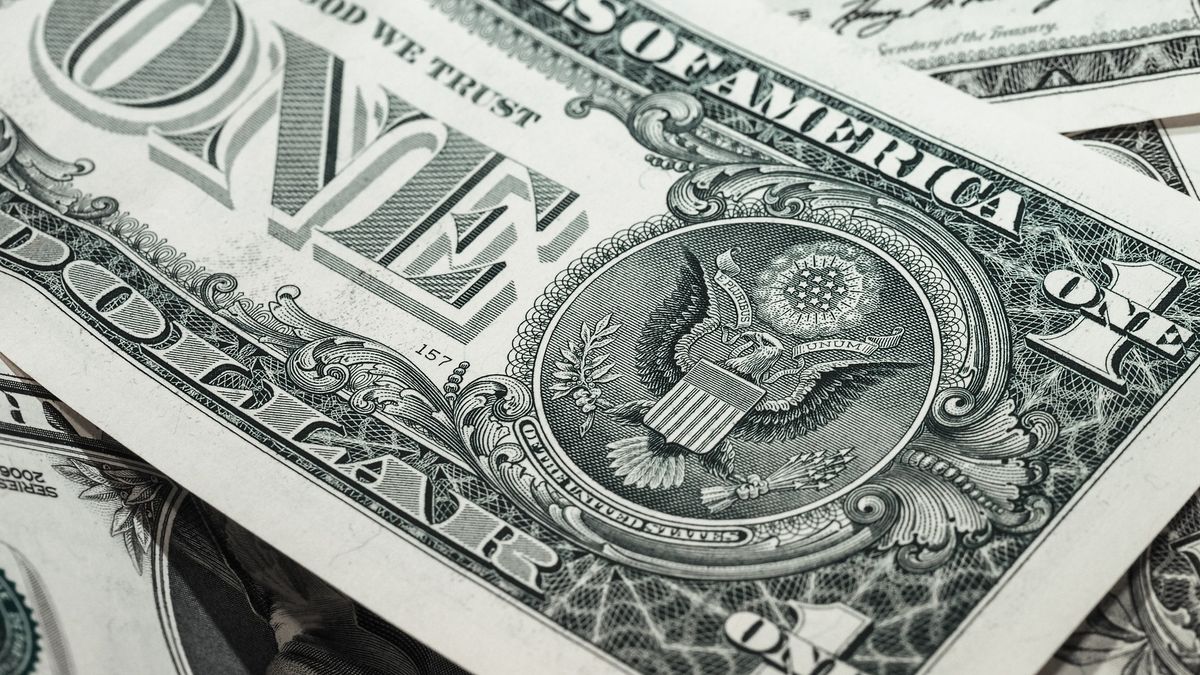The fall of the previous month was associated with the fact that the market took in a good way the announcements of the president and the economy minister about the pre-agreement with the IMF for the renegotiation of a debt of US$45,000 million, which was announced on December 28. January.
Another factor that cooled this segment was the decision of the Central Bank’s board of directors to raise the Leliq reference rate -for the second time in the year-, by 250 basis points to 42.5% per year for a term of 28 days, from the 40% current.
In this regard, the BCRA Board decided to raise the monetary policy reference rate by 250 basis points and create the 180-day Liquidity Note (Notaliq) in order to offer a medium-term instrument to absorb liquidity.
The uncertainty prior to the announcement of an understanding between Argentina and the IMF over the debt had caused the blue dollar to skyrocket, reaching $223.50 on Thursday, January 27, its nominal historical maximum so far.
The prices of the alternative exchange rates reached a maximum level of $233 (CCL) on January 27, the day before the announcement of an understanding with the IMF for the debt and the payment of a due date with the organization.
Since then, the exchange rate gap had narrowed by almost 35 points, going from 122% to the current 86%, with additional help provided by the price of agricultural commodities, the acceleration of the crawling-peg in the official dollar.
In recent days, the Argentine market has been rearranging itself in the face of the global upheaval caused by the Russian invasion of Ukrainian soil, which triggered raw material prices and opened up a complex geopolitical panorama between world powers.
In the informal segment, the blue dollar pierced the $210 for the first time in five weeksaccording to a survey carried out by Ámbito in the Foreign Exchange Black Market.
The ticket recorded its largest daily drop in more than a month by dropping $5 and ending the wheel at $206. Consequently, the spread between the blue dollar and the wholesale exchange rate fell to 90.9%, the lowest level since October 2021.
The informal price came from having a stable week prior to the carnival holidays, although it remained as the most expensive exchange rate in the market since the CCL fell to the area of $200.
The uncertainty prior to the announcement of an understanding between Argentina and the IMF over the debt had caused the blue dollar to skyrocket, reaching $223.50 on Thursday, January 27, its nominal historical maximum so far. Since then, it accumulates a low $17.50.
official dollar
The dollar today -without taxes- rose 38 cents to $113.33 this Wednesday, March 2, 2022, according to the average in the main banks of the financial system. In turn, the retail value of the currency at Banco Nación rose 50 cents to $113.
For its part, the wholesale dollar, which is directly regulated by the BCRA, rose 48 cents to $107.93. Last week, the wholesale exchange rate had advanced 77 cents, the second highest correction of the current year.
The Central Bank (BCRA) cut a streak of five negative rounds and started March with purchases for US$40 million. It should be remembered that the monetary authority sold more than US$270 million last week and accumulated a negative balance of some US$190 million in February. This is the fourth month in a row with a negative result.
“The flow of income, surely increased by the inactivity at the beginning of the week, allowed the monetary authority to show positive balances again due to its intervention on the first day of the month,” said analyst Gustavo Quintana.
Today’s highs came in at $107.94 with the first trade closed, forty cents higher than the previous finish. The offer was installed early in the sector where banks and companies operate, attending to purchase orders pending execution. The pressure on prices generated a slight drop that took them to the low of the date at $107.93, a level that was defended by official purchases. The intervention of the Central Bank neutralized the drop in the price, absorbing the excess of foreign currency available in the market until the end of the day.
After the parenthesis imposed by the Carnival holiday, local activity resumed its usual rhythm with a certain impact on the volume of business, with a number of operations that had not been repeated since the first fortnight of December last year.
The flow of income, surely increased by the inactivity at the beginning of the week, allowed the monetary authority to show positive balances again due to its intervention on the first day of the month.
The price correction compensated, as at the beginning of the week, the days without operations due to the weekend and holidays, without this implying for now an acceleration in the rate of adjustment of the price of the wholesale dollar.
Source: Ambito
David William is a talented author who has made a name for himself in the world of writing. He is a professional author who writes on a wide range of topics, from general interest to opinion news. David is currently working as a writer at 24 hours worlds where he brings his unique perspective and in-depth research to his articles, making them both informative and engaging.




